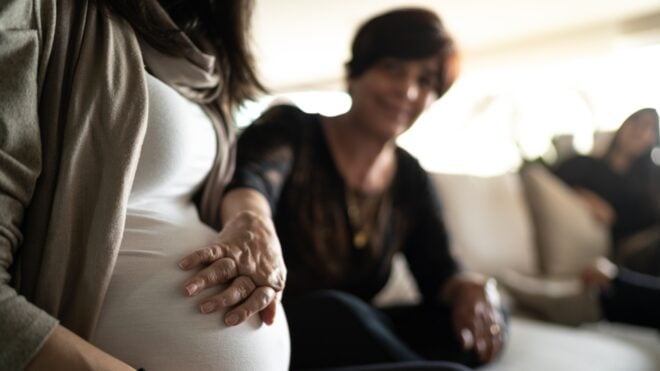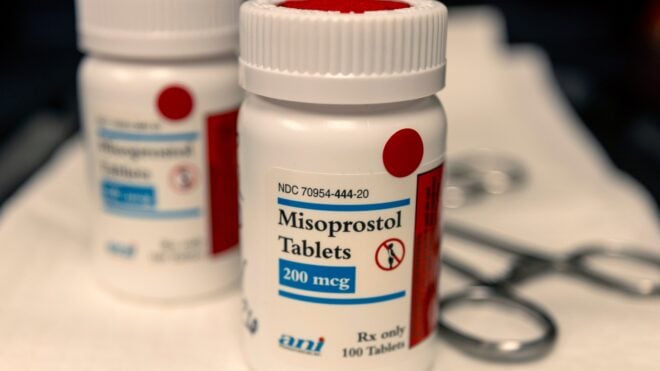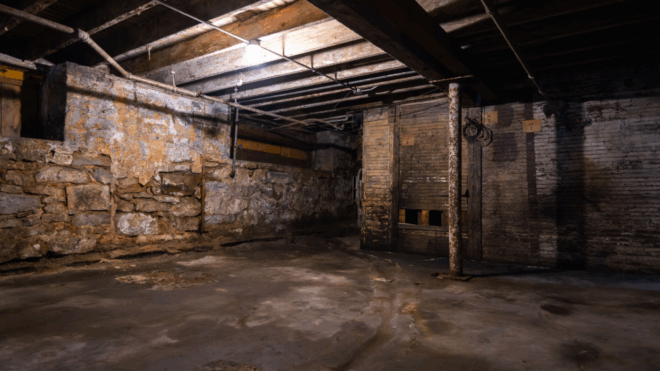I remember learning about the Prohibition era in my high school history class, but I must not have been paying very close attention because I missed so many of these incredible facts about life during the ban.
Of course, I know about speakeasies, black market hooch, and how Al Capone had his heyday after the 18th Amendment went into effect on January 16, 1920, but I have to admit I also had no idea just how it lasted so long before the 21st Amendment came along to repeal it.
It's fun to look back on all the sneaky ways people tried to get their fix, like the creative "cow shoes" bootleggers used to fool police officers on their trail.
There was also obviously a downside for those imbibing bathtub gin, or moonshine made with shady, unregulated practices — but you might be surprised by what really caused the deadliest damage.
Take a look and let us know in the comments if we missed any surprising Prohibition facts you've heard.
And don't forget to SHARE with your friends!
[H/T: History]
1. It Wasn't Actually Illegal To Drink Alcohol
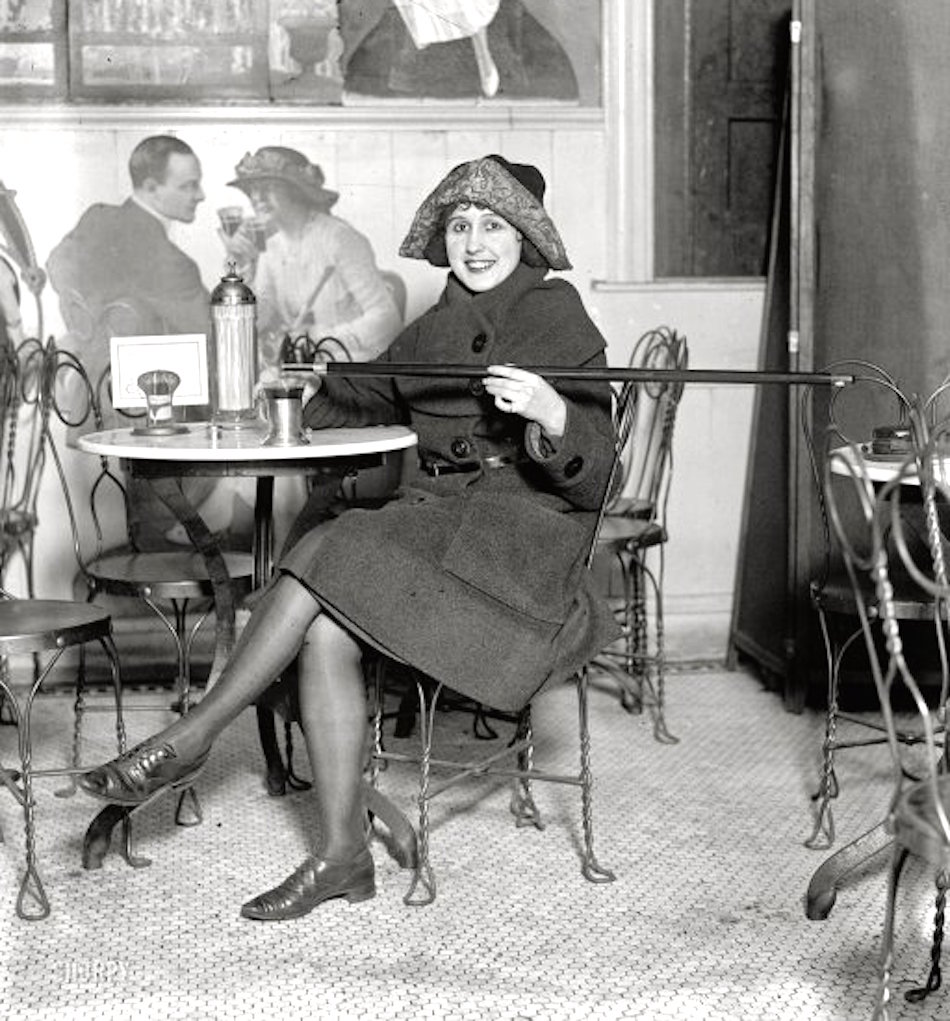
The 18th Amendment only stipulated against the "manufacture, sale and transportation of intoxicating liquors," so it was the money transaction rather than the act of drinking that got folks into hot water.
2. World War I Led To The Ban
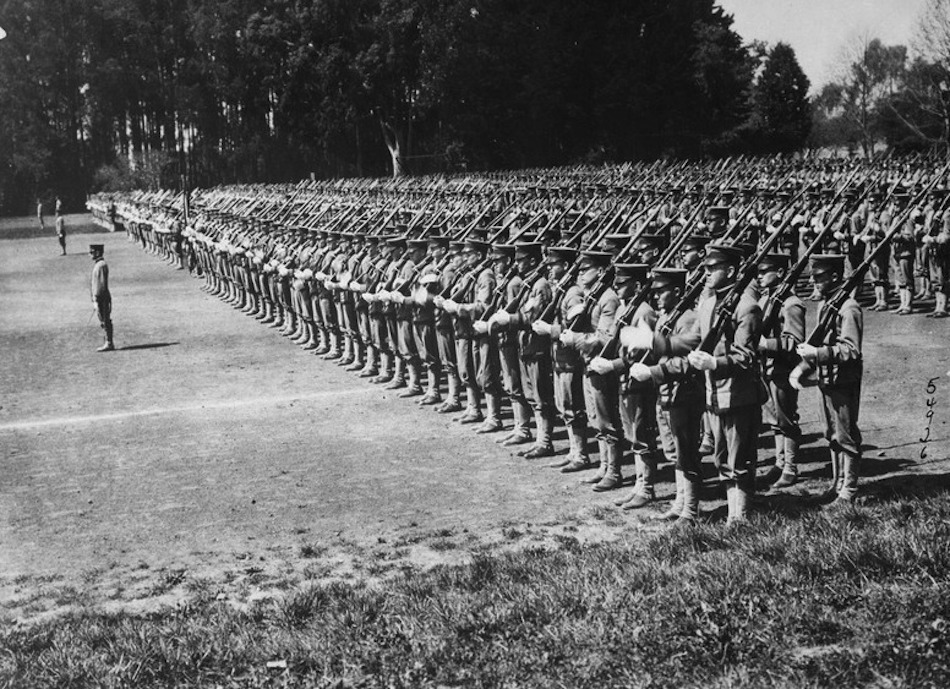
When the U.S. entered the fray in 1917, advocates against alcohol leaned heavily on the argument that the barley used in brewing beer could be put to better use in baking bread for soldiers and those affected by the war in Europe.
It didn't take much more convincing for the amendment to pass.
3. Tons Of People Died From Drinking Bathtub Gin
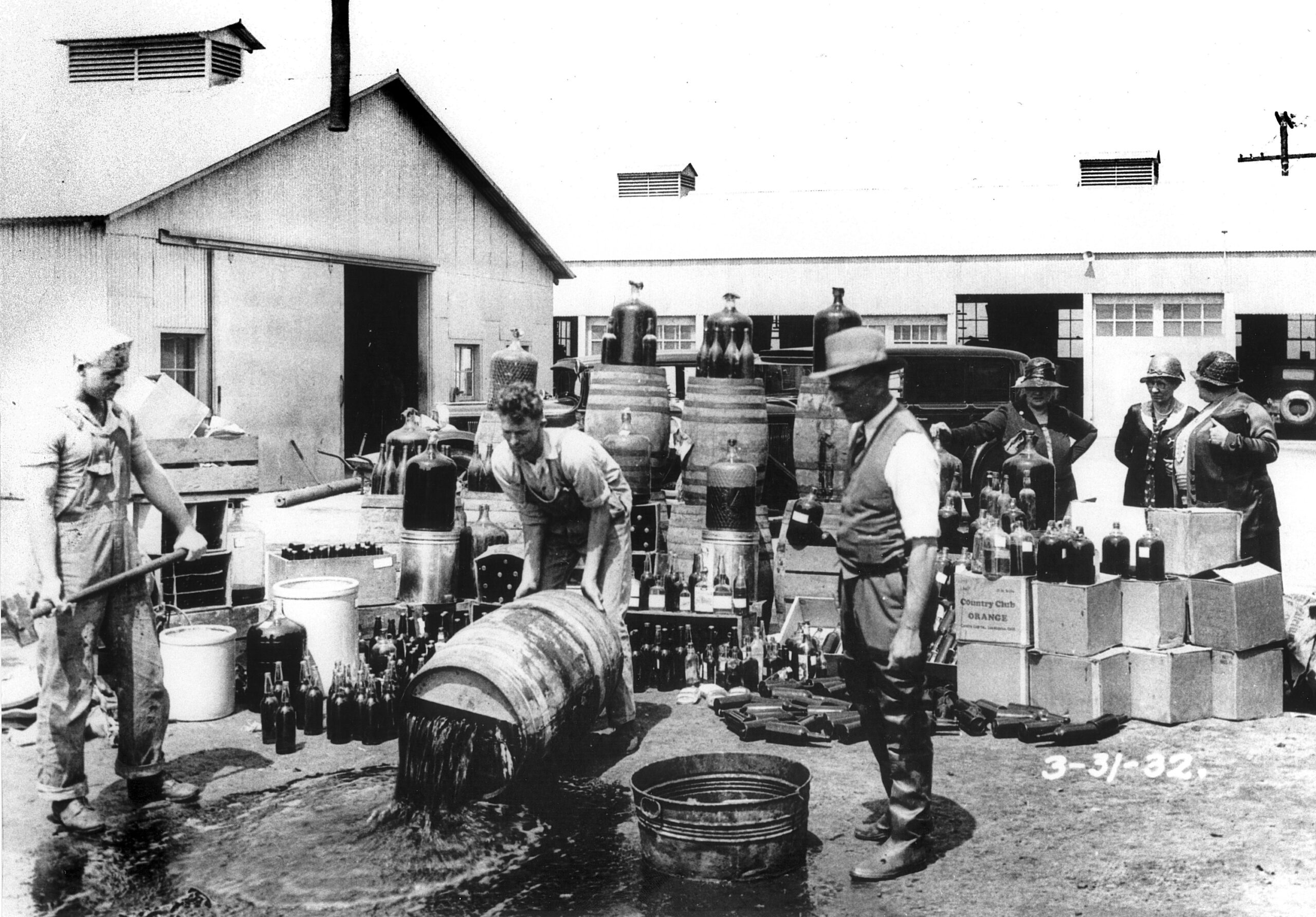
Or moonshine, or whatever else their handy bootlegger had mixed up to offer during Prohibition. But their often unsanitary conditions weren't the only issue for those guzzling the illicit booze.
According to reports, the government actually ordered the poisoning of industrial alcohols most commonly known for being pilfered by bootleggers in an attempt to scare folks into sobriety. Instead, there were an estimated 10,000 deaths.
4. Several States Ignored The Amendment
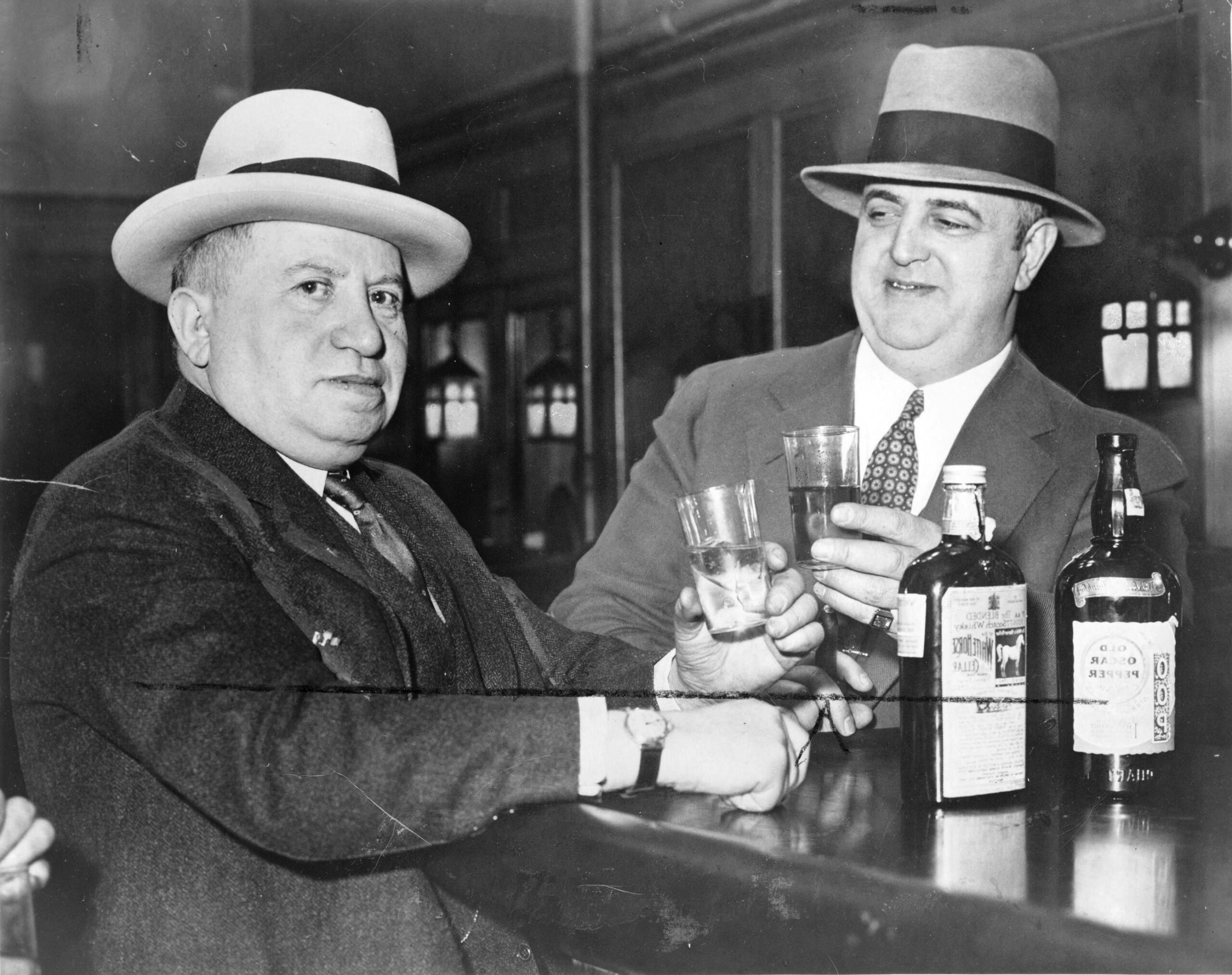
Maryland was known for being particularly anti-Prohibition back in the day, as they never bothered to enforce the law.
Other states would eventually follow suit. Maryland senator William Cabell Bruce was quoted saying, "National prohibition went into legal effect upward of six years ago, but it can be truly said that, except to a highly qualified extent, it has never gone into practical effect at all."
5. Doctors Could Prescribe Whiskey
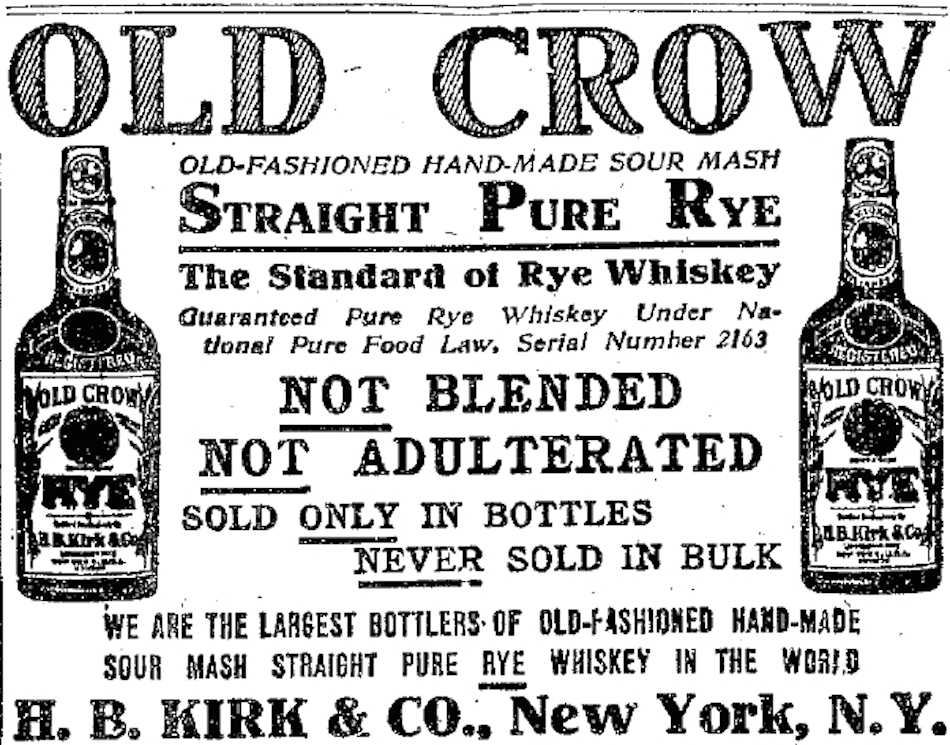
The Volstead Act included a few legal loopholes for people to continue drinking, including a doctor's note taken to the pharmacy where they offered “medicinal whiskey” for a variety of ailments.
Sacramental wine was also permitted for religious purposes, and it was totally fine to enjoy any alcohol you had leftover in your home before the ban. Some families had warehouses filled with an entire inventory of liquor from stores they bought out before the amendment went into effect.
6. Breweries Found Clever Ways To Keep The Lights On

Left with giant factories and no legal ability to brew their product, many companies shifted to creating "near beer" with drinks that contained only 0.5 percent alcohol, or manufacturing a type of maple syrup that could be transformed into liquor by adding water and yeast and allowing it to ferment for a few days. Wineries had similar "wine blocks" of grape concentrate.
Others got more creative, like Yuengling and Anheuser-Busch, who switched over to making ice cream.
7. Dive Bars Were Called "Blind Pigs"
The establishments would charge patrons for a show, like a live animal, and provide a free drink. This colorful term dates back to a 19th-century tavern in Maine where the owner kept a blind pig in his backroom and sold tickets to see it with a side of rum.
8. Teetotalers Wanted To Rewrite The Bible

Supporters of the ban were so adamant about totally eradicating alcohol from society in all ways that they went so far as to hire a scholar to remove all references to drinking from the holy book for a sober new edition.
9. Booze Cruises Became Popular
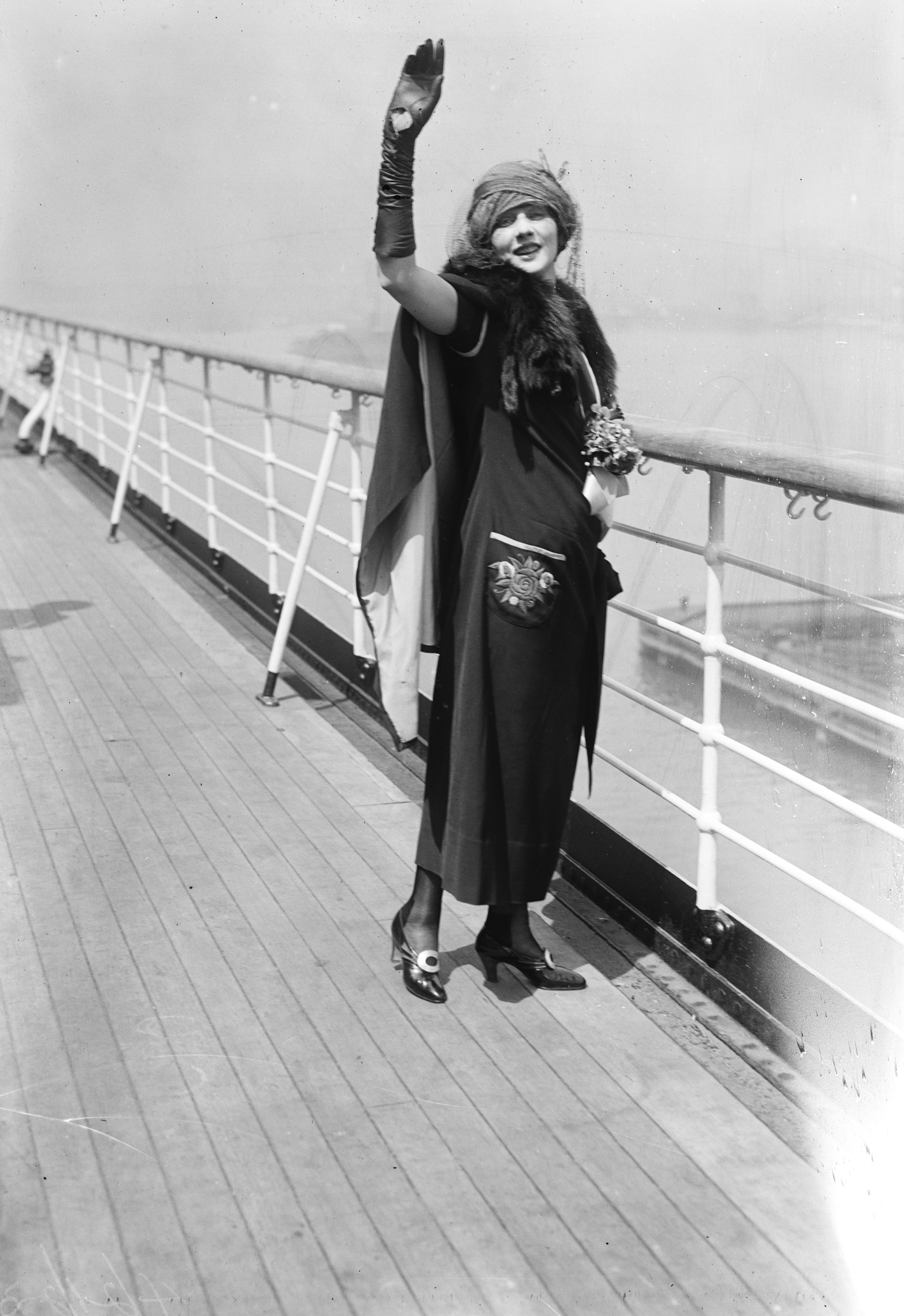
Folks who were lucky enough to live on a coast could hop on a boat that would circle out in international waters and enjoy downing as much alcohol as their sea legs would let them.
10. Bootlegging Court Cases Could Get Complicated
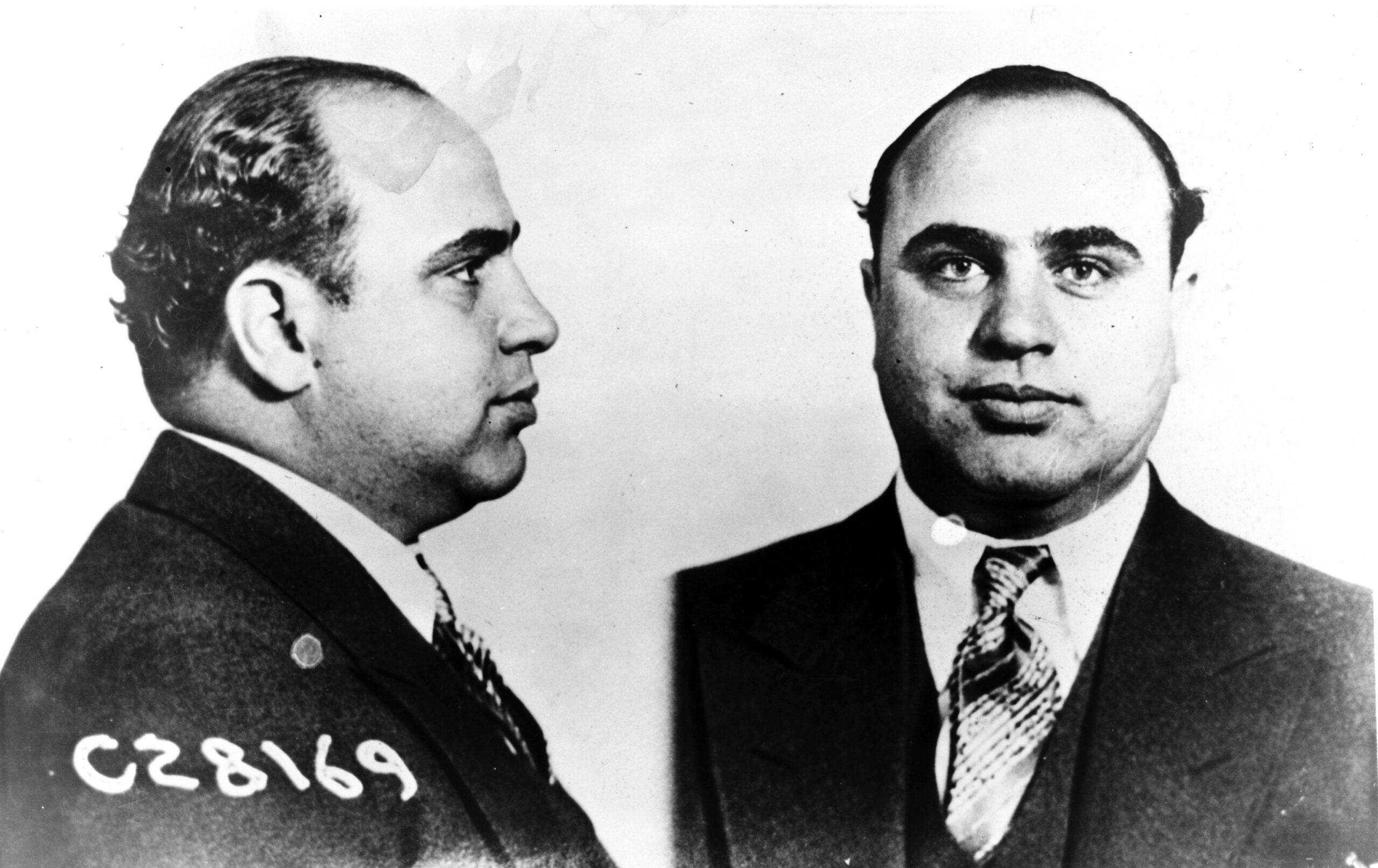
As Al Capone, photographed above, can attest, the crackdown on black market booze was no joke. However, there were occasionally some humorous results in the courtroom.
In one particular case in Los Angeles, a judge had no choice but to acquit the accused bootlegger after the jury drank all the evidence against him. They were then put on trial themselves, but claimed to be testing it to make sure there really was alcohol in it.
11. You Can Still Visit Several Speakeasies

Quite a few of the more famous of New York City's sneaky drinking spots have their doors open today, like 21 Club and Landmark Tavern. Throughout Prohibition, around 30,000 speakeasies popped up in the Big Apple alone.
Al Capone's old haunt in Chicago, the Green Door, is also still up and running.
12. The Great Depression Led To Its Repeal

After 13 years, Franklin D. Roosevelt ran his 1932 presidential campaign with the promise to finally repeal Prohibition and he followed through the following year.
With the hardships being faced by the country at the time, he claimed, "What America needs now is a drink."
Did we miss any fascinating facts about Prohibition that you've heard? Let us know in the comments and be sure to SHARE with your friends!

